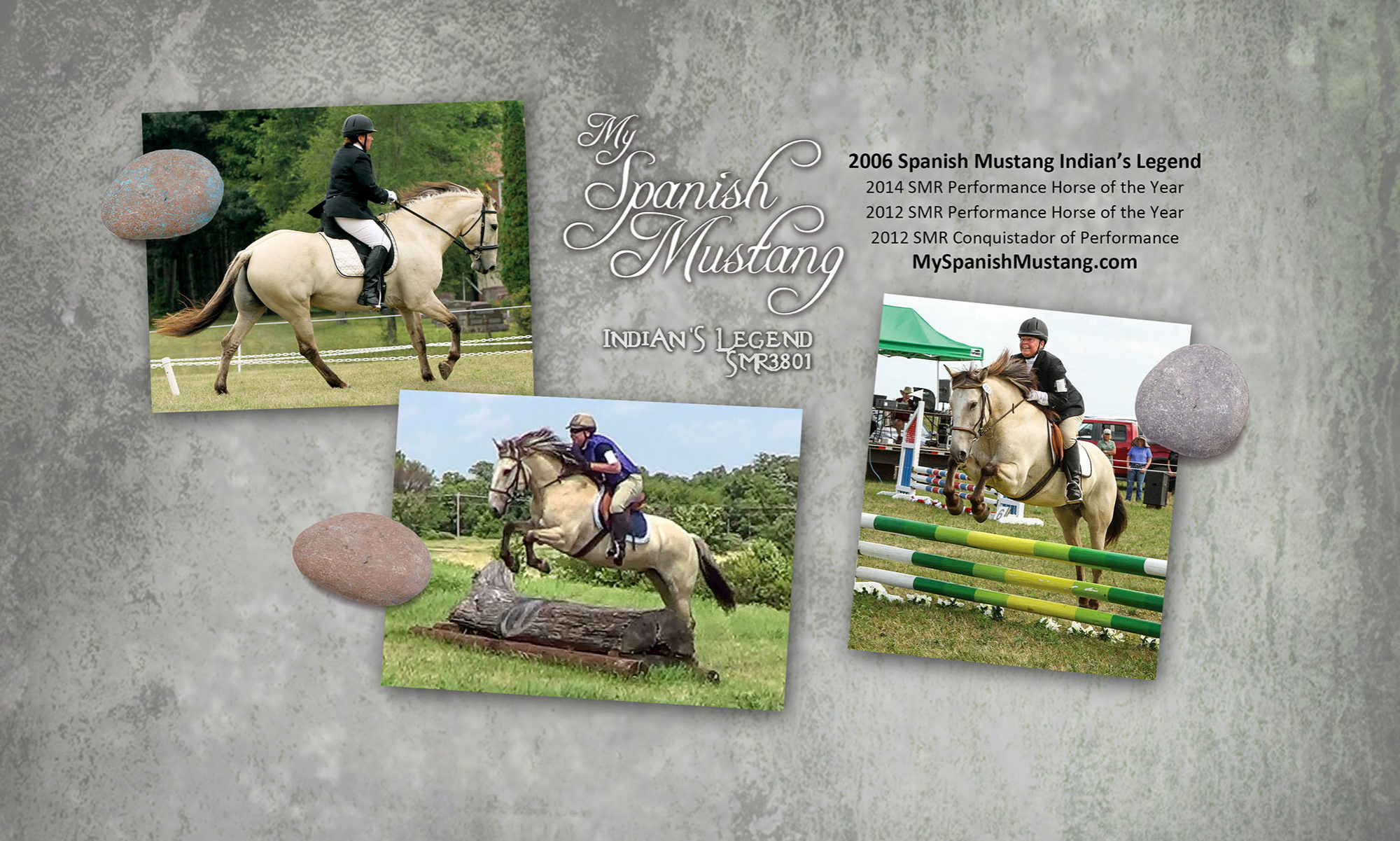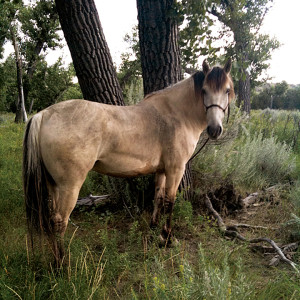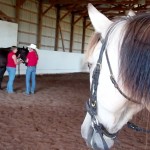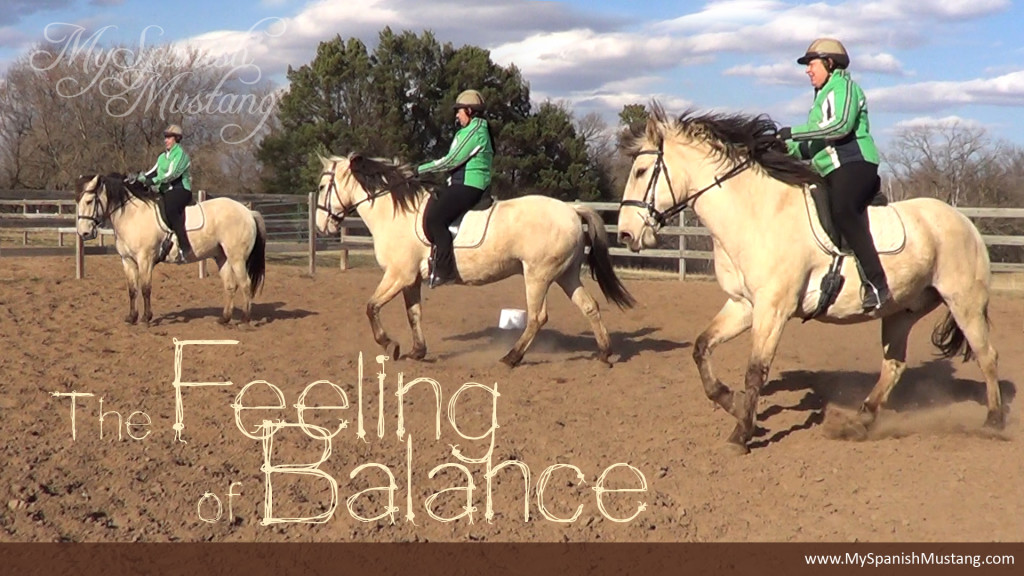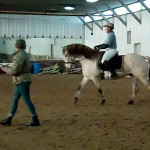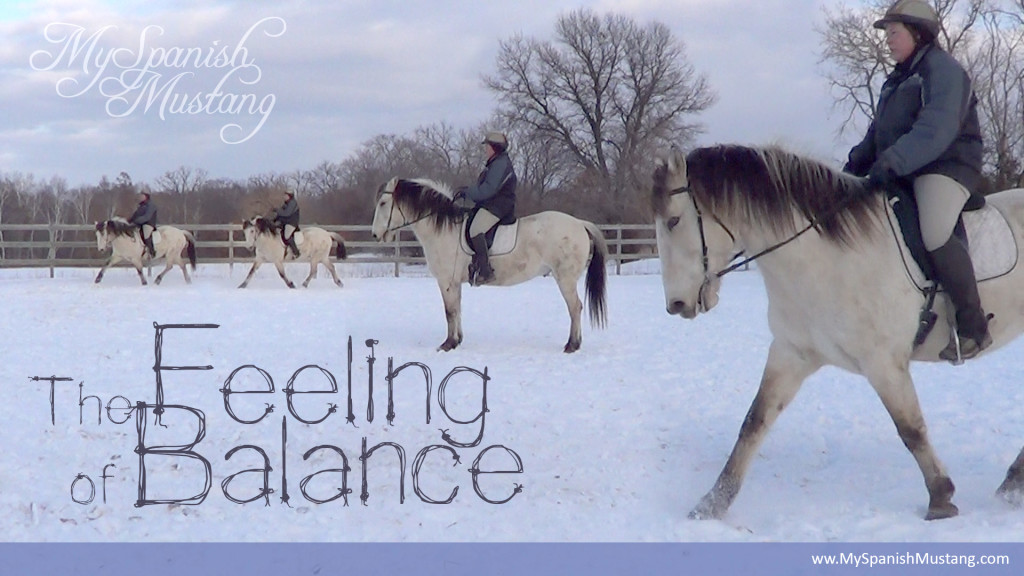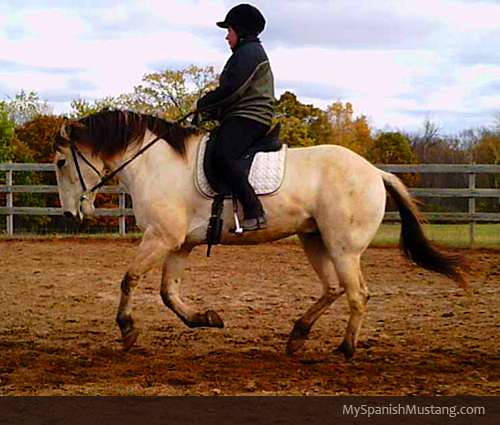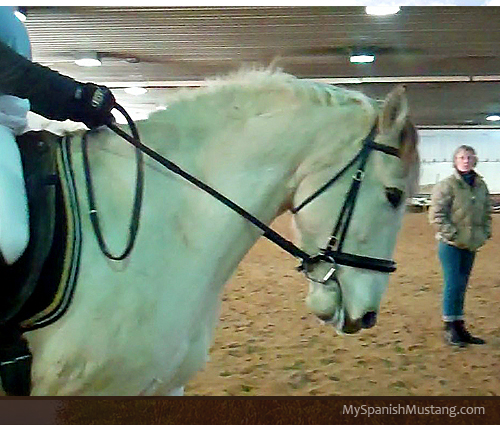By Jennifer Klitzke
I have always been passionate about the Spanish horse—anything with Iberian blood would do. Only I could never afford such a mount.
On a cold January 2012 morning, I was surfing Craigslist.com and light buckskin dun Spanish Mustang named Indian’s Legend (Indy) showed up in the results.
When my eyes first saw him, my heart leapt.
No, I didn’t need another horse, I already had four, but there was something about him.
The owner loved Indy, no doubt. Yet a single mom, working full time, and a full-time student, she was trying to hold her passions together when reality set in. She knew it was time to let Indy go.
Drop-dead gorgeous and the closest thing to Lusitano I’d ever be able to afford, I had to have him.
It took some savvy negotiating to talk my husband into the idea of another horse. It was easy for me to justify. Two of our horses were approaching their thirties, one was a rescue horse strapped with heaves, the other was a non-aerobic gaited horse. Indy would be about the same cost as a gym membership and I’d enjoy him more.
Loading him into the trailer, Indy’s previous owner’s heart was breaking. Her love for him streamed from her eyes as we drove away.
It didn’t take long to realize that Indy was exceptionally intelligent, bold and curious. He needed lots of variety to keep him from getting bored. He wouldn’t be satisfied with miles of 20 meter circles in an arena.
Indy was game for anything we faced. In the last five years he has made many life-long dreams come true in my grandma age. We took up trail riding, which led to trail obstacle challenges, which led to endurance riding. Then we took up stadium jumping which led to cross country and dressage shows, which led to eventing. Then we tried cow sorting followed by becoming a demonstration horse/rider team at the Minnesota Horse Expo. We even rode in a Mary Wanless riding biomechanics clinic. She has been an author I have studied for decades through her books and videos.
In our five years together, Indy earned Spanish Mustang Performance Horse of the Year in 2012 and 2015, 2012 Spanish Mustang Conquistador of Performance Award, and we achieved 2,000 trail miles.
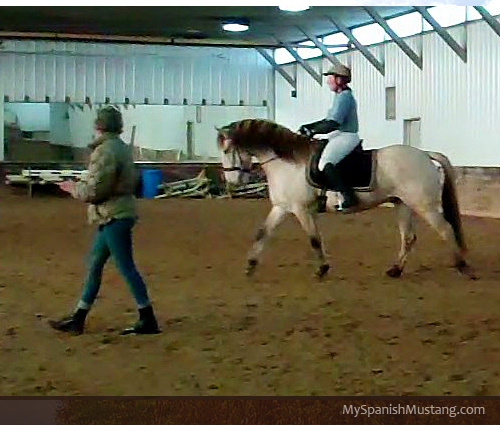

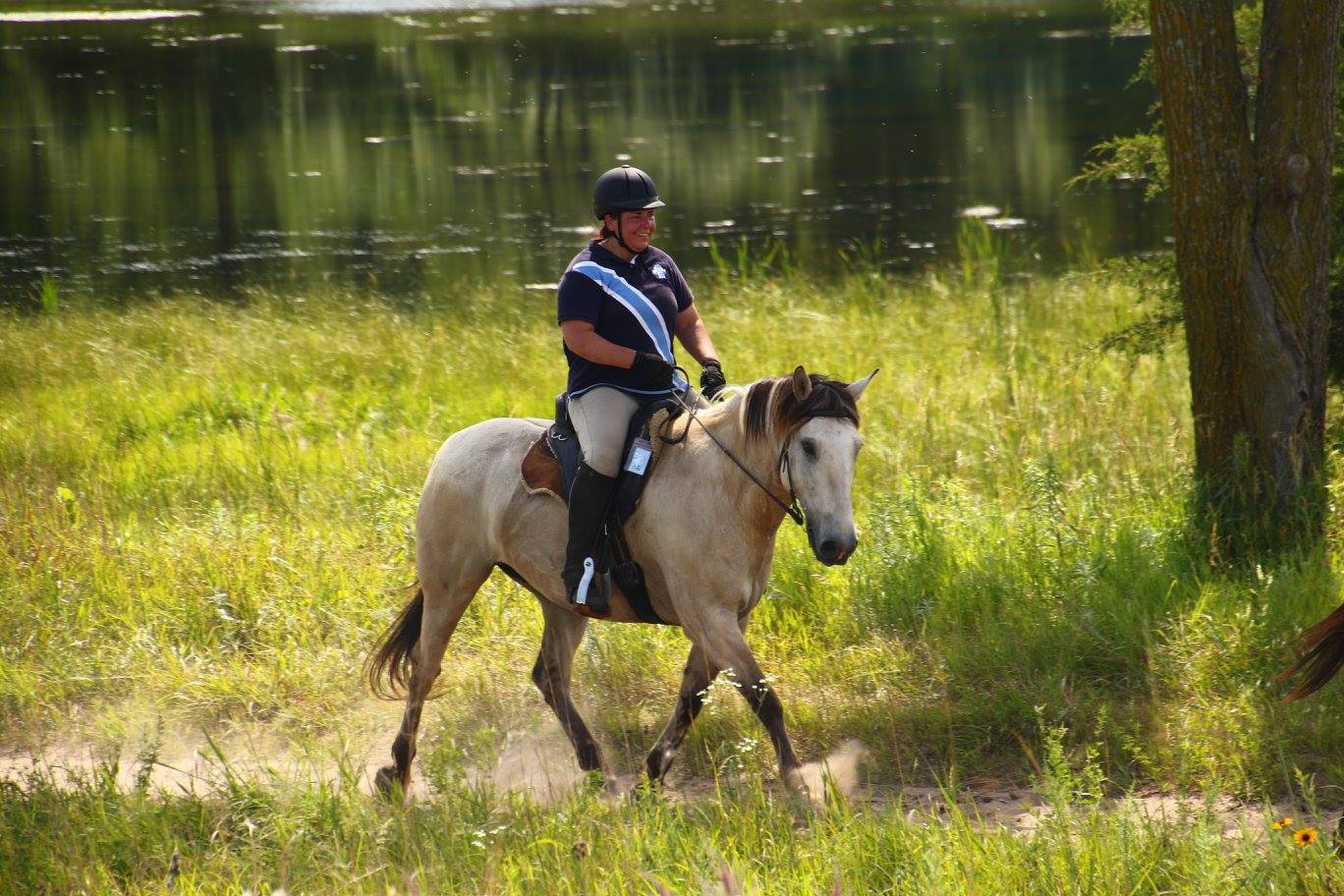

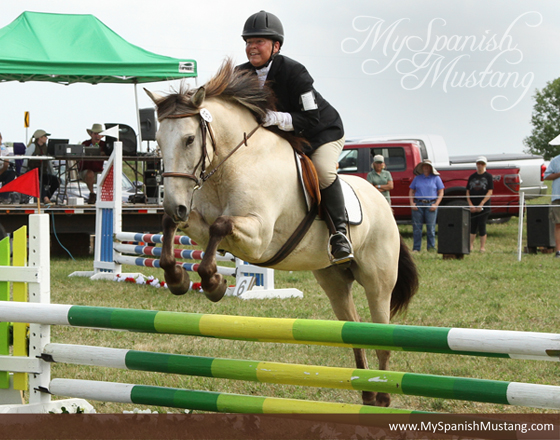
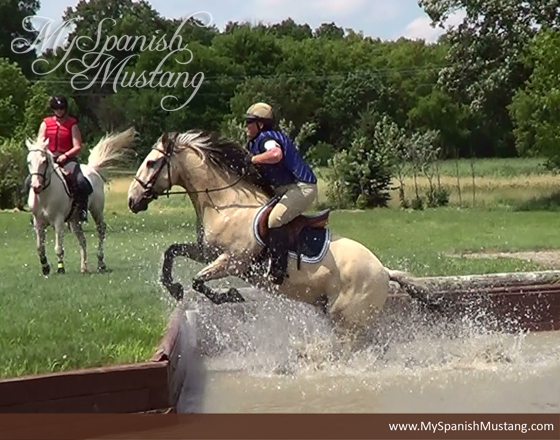

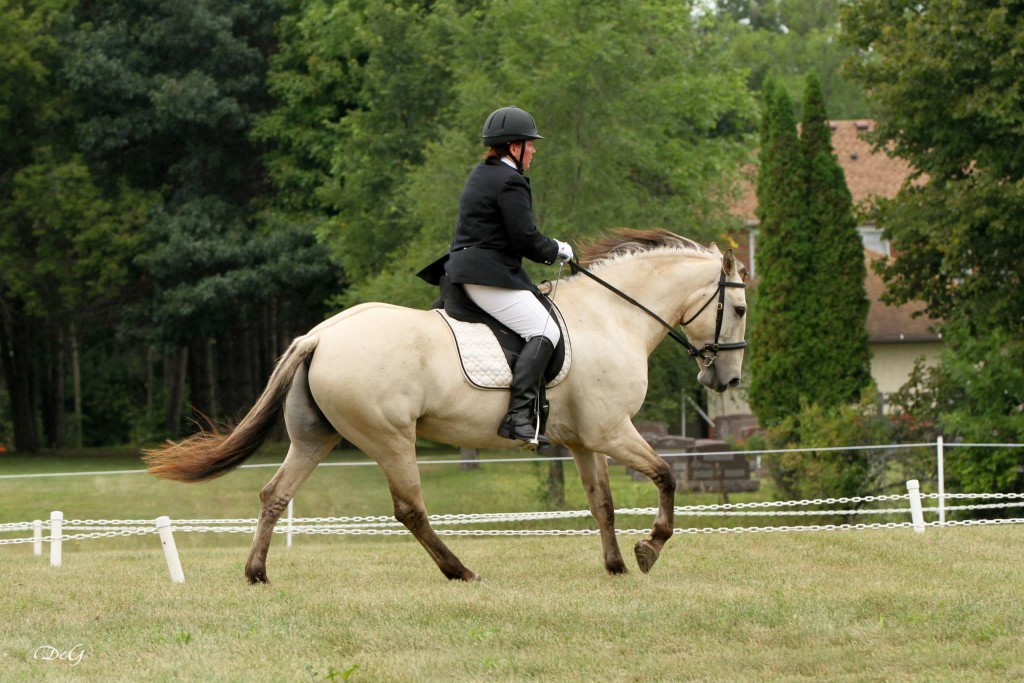
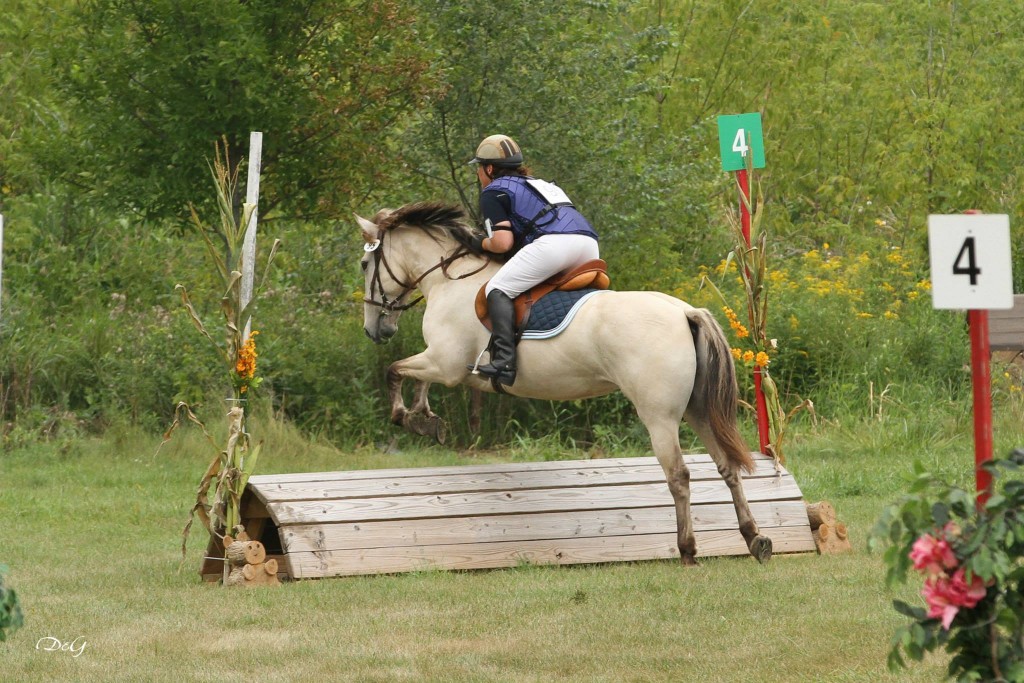
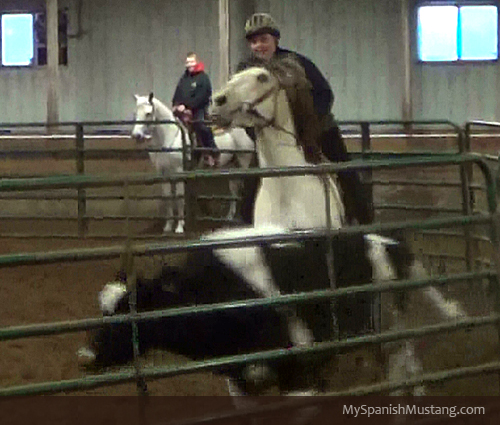
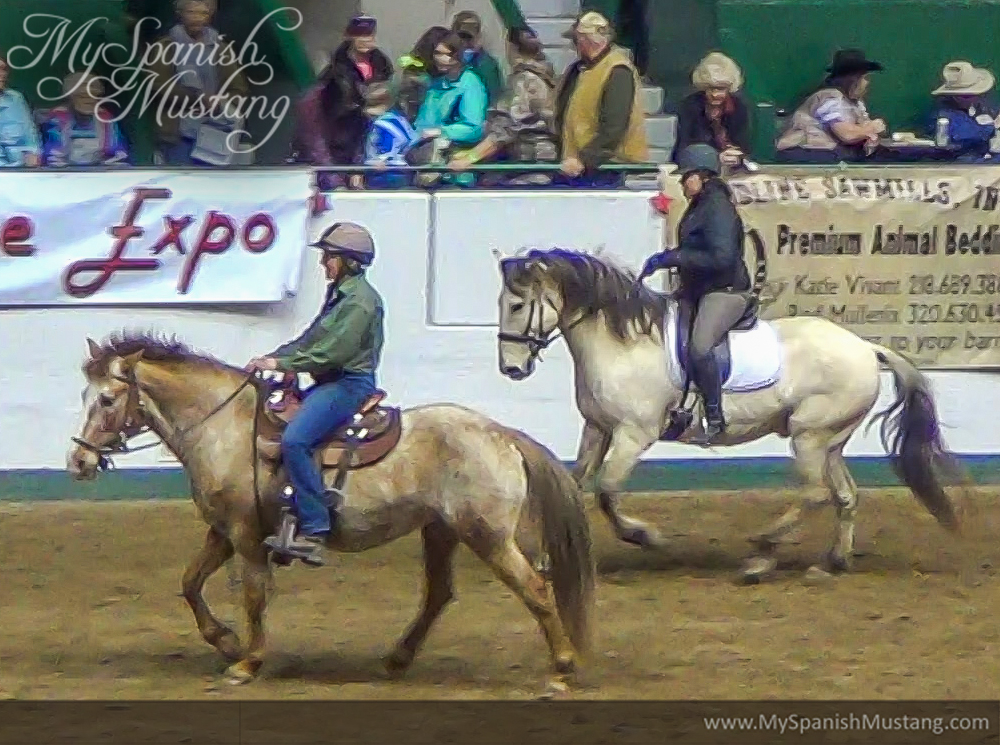
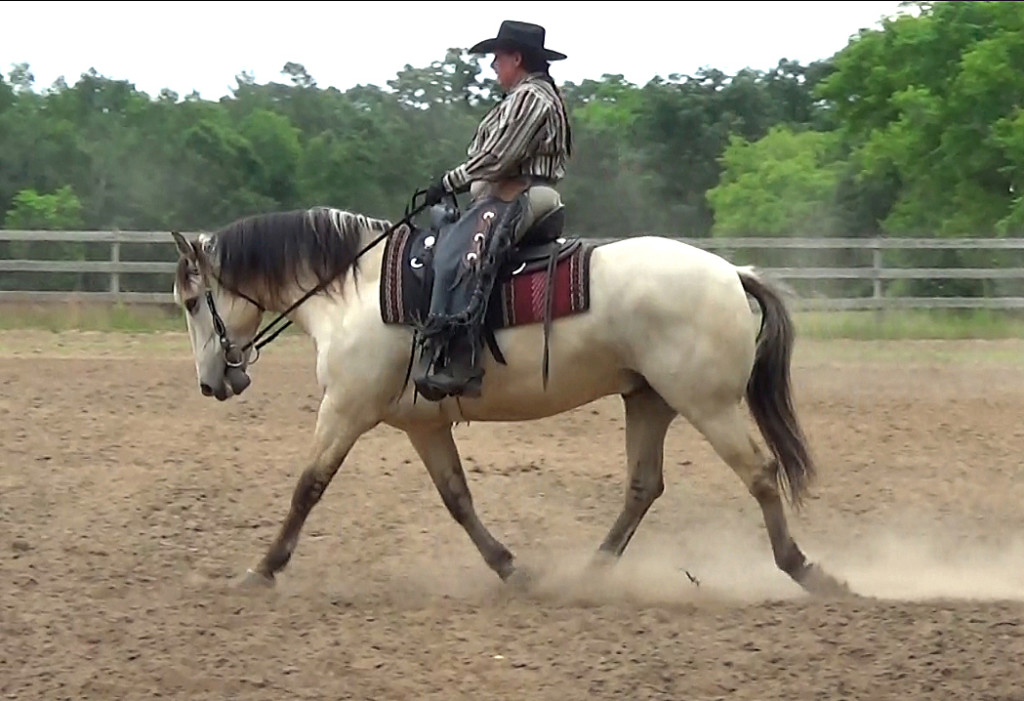
Only, I faced a cross road when family crisis interrupted our adventures.
On October 2014, after a family intervention, my Dad was admitted into a Memory Care Unit with Alzheimer’s disease. He was a genius in his own time–only 75 years old. The disease robbed him of his brilliant mind. Mom suffered two strokes trying to take care of him at home. Dad was out of control and Mom was at the end of her rope.
I gave up many weekend of Indy time to be with my Dad and Mom during this crisis. Working full time and caring for my family meant that my intelligent and talented Spanish Mustang’s life was on hold. This weighed heavily on me.
Last summer was hard in many ways. I watched my Dad slip away, and I watched Indy grow bored and frustrated. He longed for the adventurous life we once had—going places every weekend to new experiences.
I squeezed in a couple arena rides each week, but that got boring. Then I added obstacles, cavelettis, and jumps for interest. It helped, but Indy missed the life we once had and so did I, but there wasn’t anything I could do about the crisis my family was in.
In January 2017, my Dad passed away. Even thought I am relieved that he is no longer anguished by that brain devouring disease, I miss him.
Now Mom needs more help that ever. Still working full time, my husband and I help her on weekends through life without Dad to downsize 54 years of memories into a manageable living situation.
I looked ahead at this year’s show schedule. Last year’s best intentions didn’t get us to any shows except for the two virtual shows I recorded from home. This year wasn’t going to be any different.
Going on two years in Indy’s prime of life, it just wasn’t right for me to horde him for myself.
In the last few years, Indy’s previous owner had graduated from college and married. We have kept in touch since I bought him, and she asked if I ever needed to part with Indy to let her know. I watched how much fun she and her family have had riding their Spanish Mustangs through mature forest around their home year round. It is the life Indy came from. A life he loved and a life I can’t offer him.
I contacted Indy’s previous owner and asked if she would be interested in buying him back. She was thrilled to be reunited with Indy as her very own again.
Saying “goodbye” to the Spanish Mustang who made my dreams come true felt like another death, but I love Indy more than to see him waste away in boredom because of my busy life. I have deep gratitude in my heart for the five years we shared. I want Indy to be happy and in his element.
Nothing brings me greater joy than to see Indy go back to his first home whose owner loves him like I do and for Indy to live the trail horse dream.
Loading Indy into the trailer, my heart broke. My love for him streamed from my eyes as the trailer drove away.
Because I love you more, Indy. Because I love you more.
